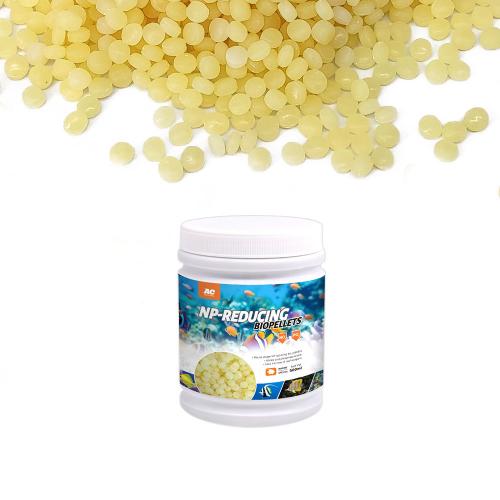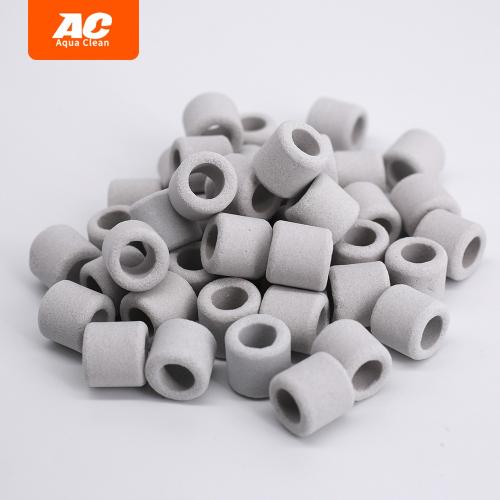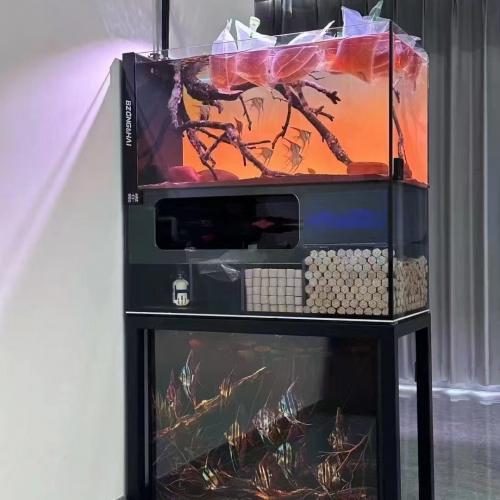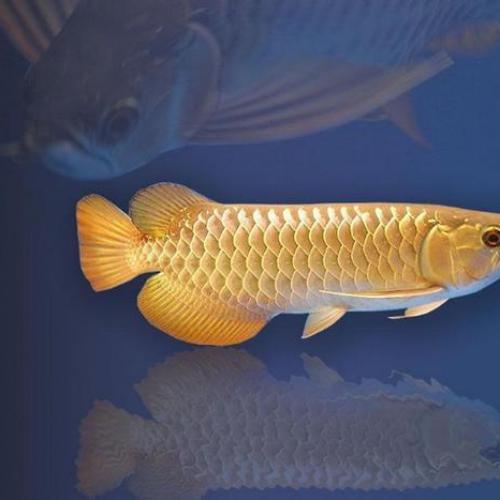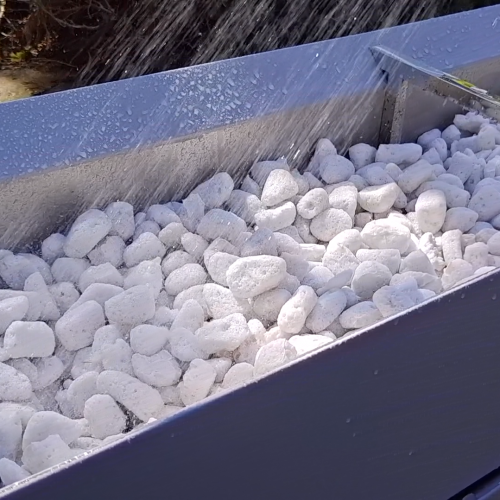The 9 Major Causes of Koi Refusing Food and Countermeasures
Update time: 25-06-23 Views: 286
As an aquarium enthusiast, sudden food refusal in koi can be an alarming sign. This may not only indicate water quality or health issues but also affect their growth and vitality. AC Aqua Clean, a professional brand focusing on aquarium filtration for 11 years, combines the technical advantages of its koi series filter media to analyze the nine core causes of koi food refusal and provide scientific countermeasures, helping you create an ideal breeding environment.
1. Water Quality Deterioration: pH Fluctuation and Excessive Harmful Substances
Cause Analysis: Elevated concentrations of ammonia-nitrogen and nitrite in the water, or drastic pH fluctuations (such as overly acidic or alkaline water), can irritate the gills and digestive system of koi, leading to reduced appetite.
Symptoms: Increased mucus on the fish body, surface floating, and dark red gill filaments.
AC Countermeasures:
- Use Activated Oyster Shell (4L/barrel) to stabilize the water KH value by releasing minerals like calcium and magnesium, adjusting acidic water to weak alkaline (pH 7.2-7.8), while adsorbing harmful substances such as nitrogen and phosphorus.
- Combine with Bio Foam Stone (30L/box), whose porous structure formed by 900℃ high-temperature sintering can cultivate a large number of nitrifying bacteria, rapidly decomposing ammonia-nitrogen and nitrite, and increasing water transparency by more than 50%.
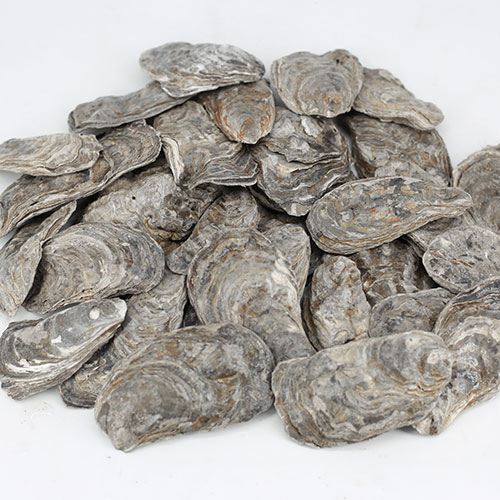
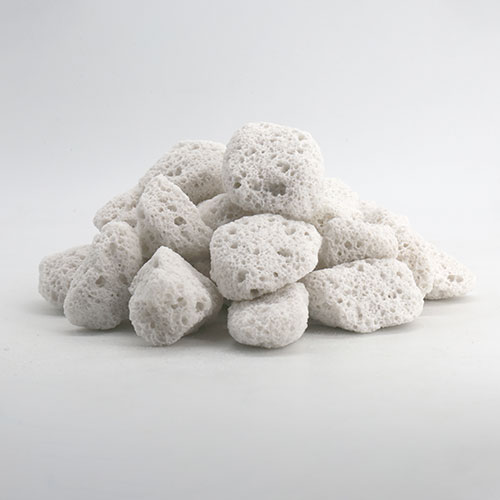
2. Sudden Water Temperature Change: The Invisible Killer of Metabolic Disorders
Cause Analysis: Sudden water temperature changes exceeding 3℃ can lead to metabolic imbalance in koi, weakening gastrointestinal function.
Symptoms: The fish curls up, swims slowly, and reacts slowly to respond to food.
AC Countermeasures:
- Maintain the filtration system running 24 hours a day. Through the high water absorption (117%) and high-temperature foamed ceramic structure of Pond-Spec Bio Block (30×25×2.5cm), stabilize the water temperature fluctuation within ≤1℃, while providing a large attachment area for nitrifying bacteria.
- Deploy Koi Biological Pillar (diameter 15cm, height 80cm) in the filter chamber. Its inner and outer layer structure (outer spiral vine cotton + inner biochemical filter media) can form a stable water flow cycle, reducing water temperature stratification.
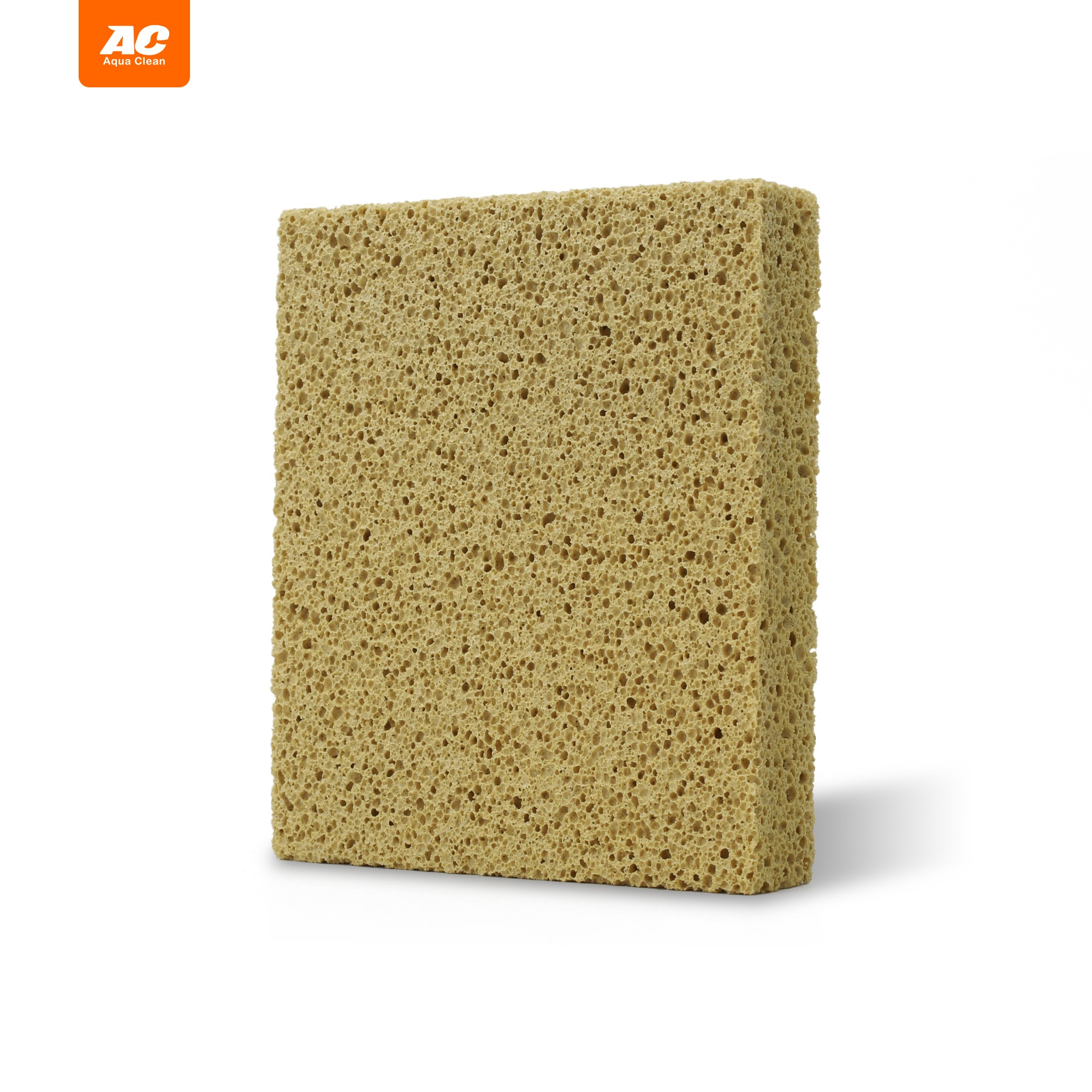
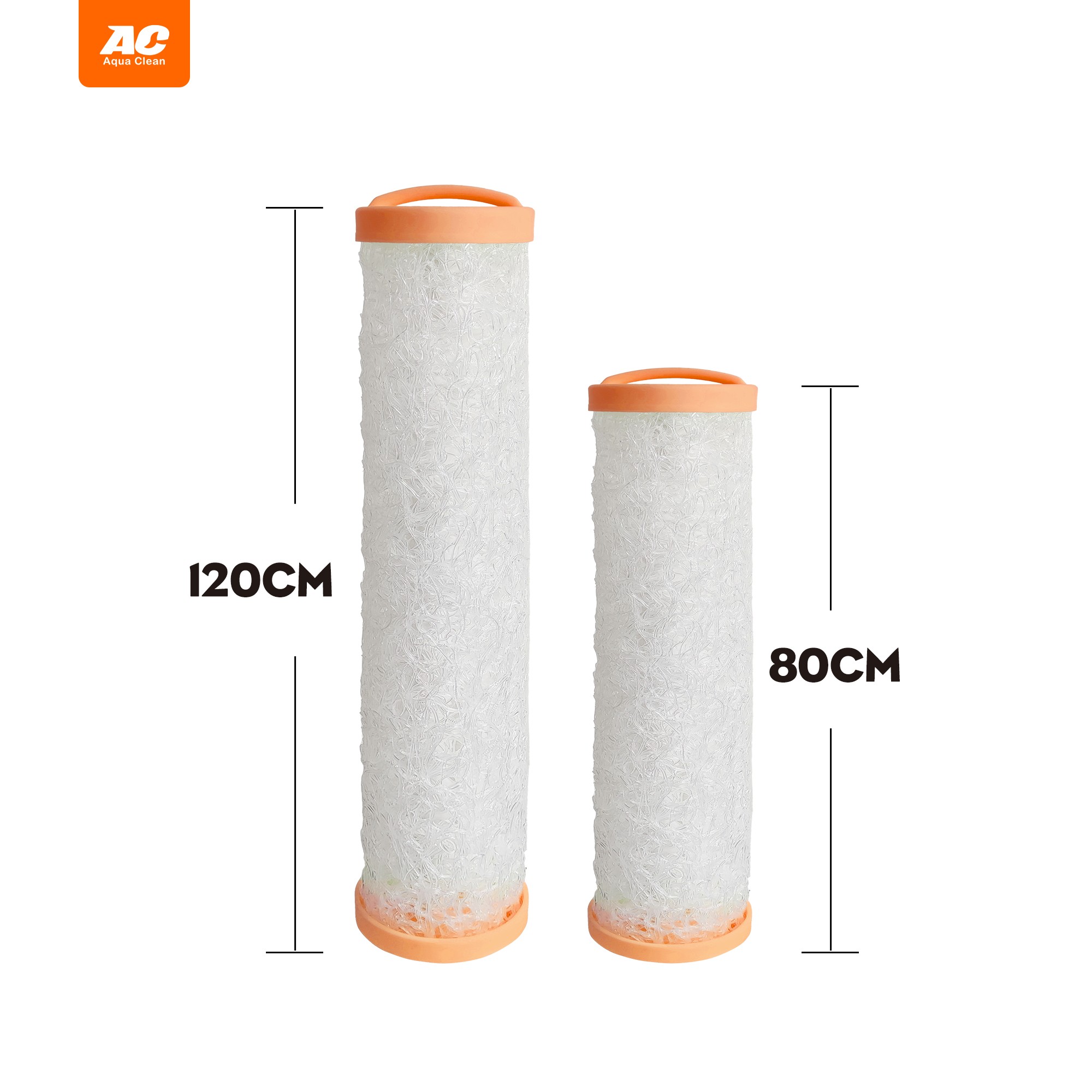
3. Digestive System Diseases: Troubles of Indigestion and Enteritis
Cause Analysis: Overfeeding or spoiled bait easily causes gastrointestinal digestive problems, leading to enteritis or indigestion.
Symptoms: Abnormal defecation (white feces, dragged feces), abdominal swelling, and food refusal.
AC Countermeasures:
- Temporarily stop feeding for 2-3 days, and simultaneously increase the dosage of Bio Foam Stone in the filtration system. Its specific surface area exceeds that of traditional filter media by more than 10 times, accelerating the decomposition of organic matter in the nitrification system and reducing the organic matter content in the water.
- Regularly adjust water quality with Activated Oyster Shell. Its 400℃ low-temperature sintering process ensures safety and no residue, and the released minerals can enhance the fish's immunity.


4. Insufficient Dissolved Oxygen in Water: Stress Response under Asphyxiation Risk
Cause Analysis: High-density farming or inefficient filtration systems result in dissolved oxygen <5mg/L, and koi are in an oxygen deficiency state.
Symptoms: Surface breathing, rapid swimming, and loss of appetite.
AC Countermeasures:
- Hang Koi Brush (80cm/120cm) in the filter chamber. Its five-pointed star structure bristles increase the water contact surface, and the hydrophobic design of the 316 stainless steel core enhances dissolved oxygen to above 8mg/L.
- Use in combination with Biological Pillar. The outer vine cotton intercepts large particles, and the inner biochemical filter media optimizes the water flow path to avoid dead water areas.
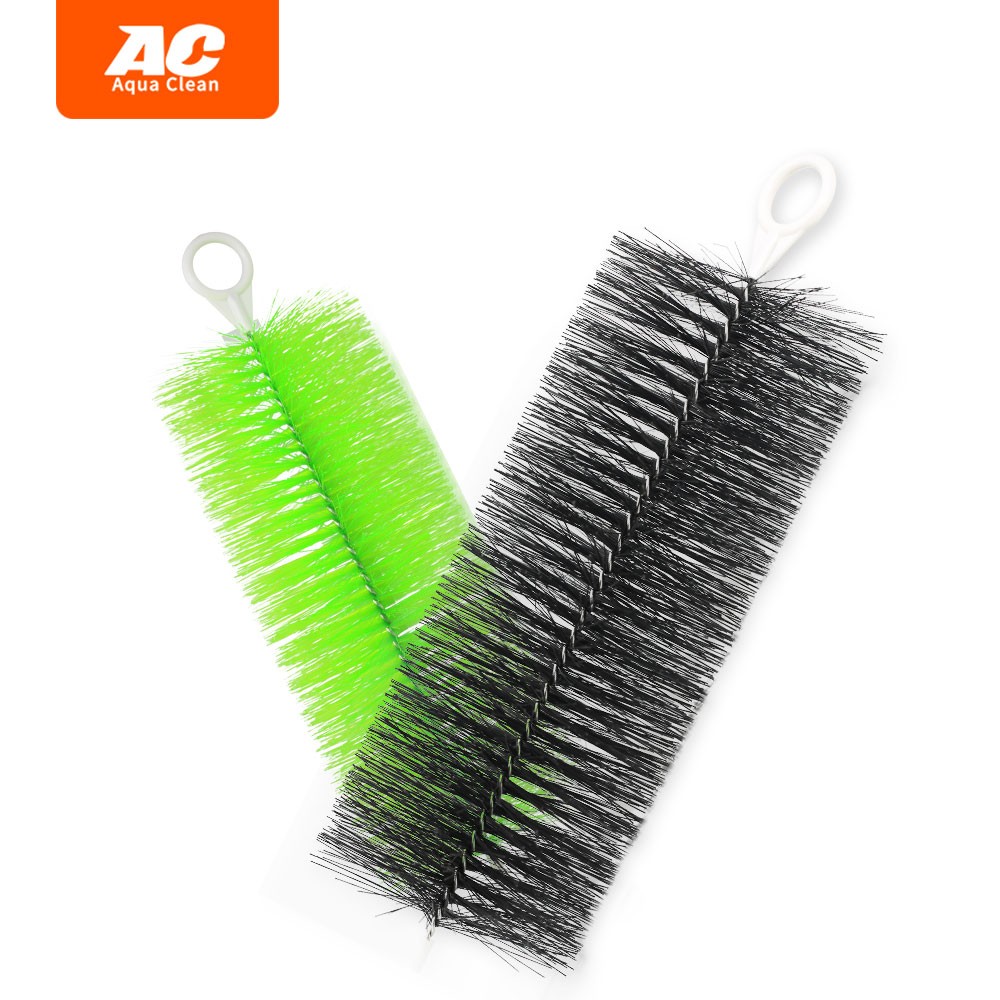

5. Parasite Infection: Invisible Threat to Gills and Body Surface
Cause Analysis: Parasites such as Trichodina and Dactylogyrus attach to the gills or body surface, causing respiratory disorders and pain.
Symptoms: Rubbing against the tank, abnormal gill cover opening and closing, and white spots or increased mucus on the body surface.
AC Countermeasures:
- Strengthen filtration during treatment, use a combination of Bio Foam Stone and Pond-Spec Bio Block to cultivate bacteria, maintain stable water quality, and avoid the impact of drugs on the nitrification system.
- After treatment, use Activated Oyster Shell to adjust the pH value and promote the repair of fish mucosa.


6. Stress of New Fish Introduction: Adaptation Disorder to Environmental Changes
Cause Analysis: New fish's intolerance to water temperature, water quality, and light leads to nervous tension and food refusal.
Symptoms: Hiding in corners, lightened body color, and food refusal lasting 1-2 weeks.
AC Countermeasures:
- Adjust the pH of the new water to about 7.5 with Activated Oyster Shell before introducing the fish, simulating the original environment of koi.
- Deploy Biological Pillar in the filtration system in advance. Its modular design can quickly establish a mature nitrification system, reducing ammonia-nitrogen fluctuations.


7. Bait Problems: Nutritional Imbalance and Poor Palatability
Cause Analysis: Long-term feeding of single bait, spoiled bait, or too large particles lead to koi anorexia.
Symptoms: Low interest in bait, spitting food, and slow growth.
AC Countermeasures:
- Use Bio Foam Stone and Pond-Spec Bio Block in combination to strengthen the water filtration efficiency and reduce pollution to the water body caused by residual bait corruption.
- Regularly clean the Koi Brush. Its PET material bristles are tough and easy to clean, effectively intercepting residual bait and avoiding filter system blockage.


8. Filtration System Failure: Bacteria Cultivation Failure and Poor Water Flow
Cause Analysis: Clogged filter media, insufficient water pump power, or aging filter media lead to the collapse of the nitrification system.
Symptoms: Turbid water, fishy odor, and soaring ammonia-nitrogen indicators.
AC Countermeasures:
- Immediately replace 1/3 of the new water and add Bio Foam Stone (5L per 100L of water) to quickly rebuild the nitrification system.
- Check the filter chamber and replace traditional filter media with Pond-Spec Bio Block. Its open pore structure is not easy to clog, and the water absorption rate reaches 117%, maintaining long-term stable filtration effects.


9. Light and Environmental Interference: Triggers of Stress Reactions
Cause Analysis: Direct strong light shining directly, frequent fish catching, or noise interference cause koi to remain in a stress state.
Symptoms: Startling, food refusal, and dim body color.
AC Countermeasures:
- Deploy Biological Pillar in the filter chamber. The outer spiral vine cotton can form a sheltered area, providing a sense of security for koi.
- Maintain the combined filtration of Bio Foam Stone and Brush to stabilize water quality and reduce water flow noise.


Scientific Maintenance Starts with Filtration
The essence of koi food refusal is a physiological response to environmental stress, and stable water quality and an efficient filtration system are the core to solve the problem. Relying on 21 years of water purification technology accumulation (derived from drinking water filter material research and development in 2002), AC Aqua Clean's koi series filter media, from the mineral regulation of activated oyster shells to the modular design of biological pillars, each product is committed to creating a "breathable" ecological environment for koi. Now visit the official website to obtain an exclusive filtration plan, let koi regain vitality and bloom with gorgeous colors.

